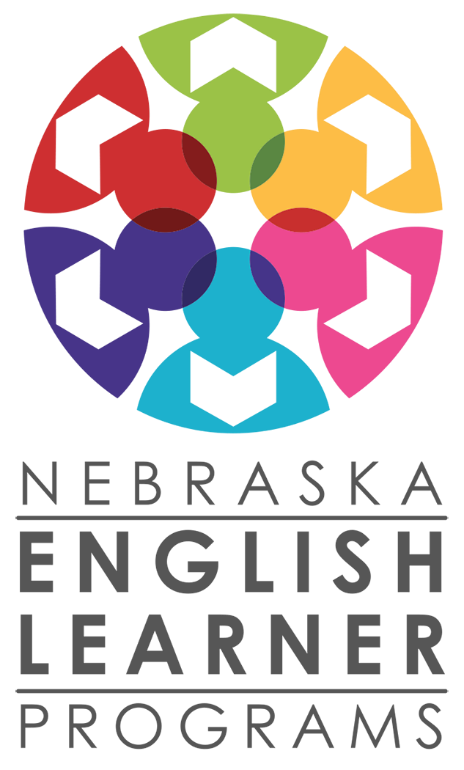EL Definition and Allowable Activities
The Nebraska Department of Education (NDE) gathers English Language Learner statistical information during the fall reporting process of public school students.
The definition of limited English student is as follows:
Column 1
and
Column 2
all students meet one or more of the following:
Is age 3 through 21;
Is enrolled or preparing to enroll in an elementary school or secondary school;
Was NOT born in the United States or whose native language is a language other than English’
is Native American or Alaskan Native, or a native resident of the outlying areas; and
comes from an environment where a language other than English has a significant impact on the individual’s level of English language proficiently; OR
is migratory, and whose native language is a language other than English and who comes from an environment where a language other English is dominate.
As a result of the circumstances listed in Column 1:
Whose difficulties in speaking, reading, writing, or understanding the English language may be sufficient to deny the individual:
- The ability to meet the challenging State academic standards described in Section 1111(b)(1) of ESSA;
- The ability to successfully achieve in classrooms where the language of instruction is English;/OR
- The opportunity to participate fully in society.
Purposes of Title III subgrants to LEAs
Title III subgrants support the efforts of LEAs to assist English Learners to learn English and meet the challenging State academic standards. LEAs must use Title III subgrants to carry out activities that use effective approaches and methodologies for teaching English learners and immigrant children and youth for the following purposes:
- Developing and implementing new language instruction educational programs and academic content instructional programs for English Learners and immigrant children and youth in early childhood, elementary and secondary programs.
- Expanding or enhancing existing language instruction educational programs and academic content instructional programs;
- Implementing schoolwide programs within individual schools to restructure, reform, and upgrade all programs, activities, and operations related to language instruction educational programs and academic content instructing for English learners and immigrant children and youth;
- Implementing, in local educational agencies, system-wide programs designed to restructure, reform and upgrade all programs, activities and operations related to the education of English Learners and immigrant children and youth.
English Learner Grants
Minimum Qualifications: Districts must have enough English Learners to qualify for a minimum $10,000 grant or form a consortium with other districts to reach the minimum grant allotment.
Required activities under this grant:
- Providing effective language instruction educational programs that meet the needs of English learners and demonstrate success in increasing:
- English proficiency
- Student academic achievement
- Providing effective professional development to classroom teachers, principals and other school leaders, administrators, and other school or community-based organizational personnel that is:
- Designed to improve the instruction and assessment of English Learners
- Designed to enhance the ability of teachers, principals, and other school leaders to understand and implement curricula, assessment practices and measures, and instructional strategies
- Effective in increasing children’s English language proficiency or the subject matter knowledge, teaching knowledge and skills of teachers
- Of sufficient intensity and duration to have a positive and lasting impact on teachers’ performance
- Providing and implementing other effective activities and strategies that enhance or supplement language instruction educational programs which:
-
- Shall include parent, family, and community engagement activities
- May include strategies that serve to coordinate and align related programs
Allocations
Authorized Activities
- Upgrading program objectives and effective instruction strategies;
- Identifying, acquiring, and upgrading curricula, instructional materials, educational software, and assessment procedures;
- Provide tutorials and academic or career and technical education;
- Provide intensified instruction which may include materials in a language that the student can understand, interpreters, and translators;
- Develop and implement language instruction educational programs that are coordinated with other relevant programs and services;
- Improve English proficiency and academic achievement of English Learners;
- Provide community participation programs, family literacy services and parent outreach/training activities to English Learners and their families;
- Improve the instruction of English Learners, which may include English learners with a disability, by providing for:
- The acquisition or development of educational technology or instructional materials;
- Access to, and participation in electronic networks for materials and training;
- Offer early college high school or dual or concurrent enrollment programs or courses designed to help English Learners achieve success in postsecondary education.




